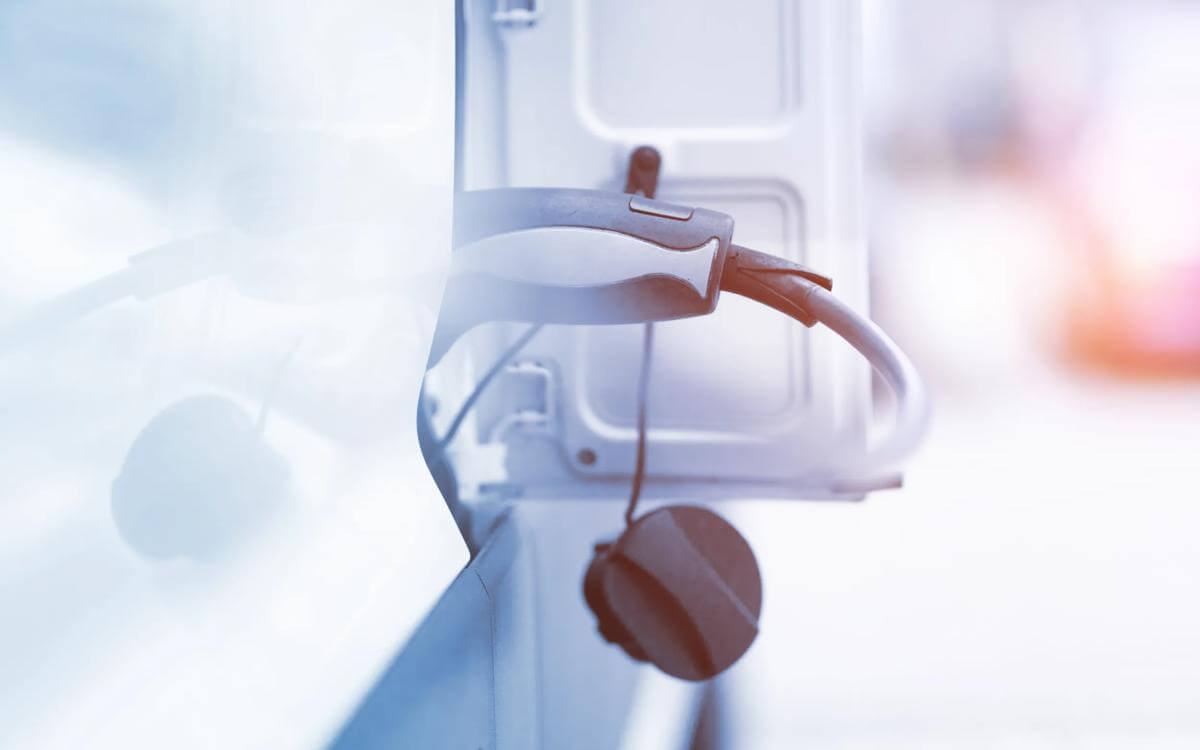Despite more than a decade of warnings, illegal and unsafe fabric child car seats continue to surface across major online marketplaces.
In 2014, Which? initially raised concerns, urging online platforms to remove listings for these lightweight fabric harness seats. Their construction offers little to no protection in the event of a collision, yet their low price and misleading descriptions continue to attract buyers.
After the issue gained significant attention in 2019, many assumed the problem had been addressed. However, recent checks suggest otherwise. Listings for these prohibited seats have reappeared on a range of online retail platforms. Buckinghamshire and Surrey Trading Standards have dubbed these products as “killer car seats”.
Key concerns with the car seats
Britax, the car seat manufacturer crash tested one of these fabric-style child seats at 30 mph, which resulted in catastrophic results. The test dummy representing a three-year-old was thrown through the windscreen after the straps detached. In real terms, such a failure would almost certainly cause life-threatening injuries.
Key safety concerns include:
- Unsuitable age claims: Often marketed for newborns despite having insufficient structural support.
- Illegal design: Forward-facing only, contrary to legal standards for younger children.
- No side-impact protection or reinforced shell.
- Unsafe harnessing: The lap belt sits across the stomach and requires multiple unclipping points.
- Missing safety indicators and labels: No approved R44/R129 markings or seatbelt guides to indicate they’re regulated.
These seats are promoted as lightweight, foldable and practical, with prices as low as £12.50 compared with £80+ for compliant models. In the current cost-of-living climate, this affordability may tempt parents into believing they are safe but they offer no genuine crash protection.
Investigation findings
Good Egg Safety, a community interest company that trains professionals in car seat law and fitting, was alerted by Warwickshire Police after one of the illegal fabric harness seats was discovered during a public safety-check event.
PC Rachael Wonfor, a certified child car seat officer, reported finding several incorrectly fitted seats and more alarmingly, a harness-type device being used in place of an approved restraint. The parent involved had purchased it online, believing it to be legal.
Following the incident, Good Egg Safety reviewed online listings and found multiple similar products available across major platforms, including eBay, Manomano, Shein, Wish and Littledreams, highlighting just how easily these unsafe items remain accessible to UK consumers.
Legal requirements on car seats
UK law requires that all child car seats comply with recognised EU safety standards, specifically UN Regulation R129 (i-Size) or ECE R44/03 or R44/04. Seats must also be appropriate for the child’s height or weight and fitted strictly in line with manufacturer instructions.
However, when one fabric seat was inspected, it carried no safety labelling, approval marks, or fitting guidance. Similar findings have been reported across other online marketplaces.
Janis James MBE, Chief Executive of Good Egg Safety, has warned that the resurgence of these illegal products represents “a real and present danger.” She urges parents to buy only from reputable retailers and to check for the orange EU approval label, reminding families that “no bargain is worth the life of a child.”
Implications for insurers
The re-emergence of illegal and non-compliant child restraints also carries implications for the insurance sector. In the event of a collision, the use of an unapproved seat could complicate claims handling and liability assessments, particularly where policyholders have unknowingly fitted unsafe products purchased through online platforms.
Questions may arise over contributory negligence, product liability, and the recoverability of damages from third-party sellers. Insurers may therefore wish to review policy wording, customer guidance and claims protocols to ensure clarity around vehicle safety equipment and compliance with legal standards. Proactive consumer education, supported by collaboration with safety bodies, could also play a key role in mitigating future risk exposure.
Contents
- Insurance Insights: The Word, October 2025
- AI adoption without safeguards: A growing risk for insurers
- Physical property damage from cyber incidents: Implications for insurers
- Insurance Act 2015 and American Hull Clauses: Lessons from Delos Shipholding v Allianz
- Mazur v Charles Russell Speechlys: Implications for solicitors' professional indemnity insurers
- The meaning of "property damage": Lessons from Insurance Australia v Capral
- When does time start running? The limitation quirk in insurance coverage claims
- Microplastic risk threat worse than previously thought: Implications for insurers
- “New low” for ransomware cybercriminals an opportunity for cyber insurers?

Tim Johnson
Partner
tim.johnson@brownejacobson.com
+44 (0)115 976 6557










































